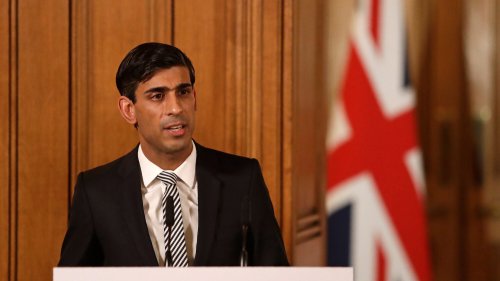Until a couple of weeks ago many employers had never come across the term furlough. This blog aims to give a better understanding of what furlough is, how it can be used during the current Covid19 (Coronavirus) pandemic and answer some questions I have been asked a lot by clients in the last couple of weeks.
In the present climate some businesses may need to scale back the size of their teams due to impact of the virus on their business, others may need to temporarily stop trading for now – furlough can be used in both situations.
Employers who can’t maintain their current workforce, specifically as a result of the impact of Coronavirus (COVID-19), can furlough employees and apply for a grant under the Coronavirus Job Retention Scheme, put in place to protect the economy during this time. It is important to note that placing staff on furlough is about retaining the jobs of employees who would otherwise have been made redundant as a result of the outbreak and is not to be used for any other purpose.
For employees placed on furlough who meet the criteria set, employers will be able to reclaim 80% of their salary costs, up to £2,500 per employee per month. The Coronavirus job retention scheme is a temporary scheme which is currently in place for 3 months from 1 March 2020 and may be extended if necessary.
Here are some questions and answers that should help you, as an employer, get to grips with what furloughing and the Coronavirus Job Retention Scheme is all about:
Q: What is furlough
A: A period of absence from employment
Q: When can I use furlough?
A: When you have no work for an employee to do, as an alternative to making them redundant.
Q: Who can be furloughed in my business?
A: Employees on any type of contract including full time employees, part time employees, apprentices, agency staff, fixed term contracts and variable/zero hours workers. Also, salaried Directors can be furloughed.
Q: Do I need to confirm periods of furlough in writing?
A: Yes, you should confirm this change in writing to your employees and retain a copy on file.
Q: Can an employee ask to be furloughed?
A: No. This is a decision to be made by the Company based on their ability to trade.
Q: Can a new employee be furloughed?
A: Only employees who were on your payroll on 28 February 2020 qualify for the grant under the government scheme so cannot be furloughed if they started employment with you after this date.
Q: What about an employee I made redundant before the government scheme was announced?
A: Employees made redundant between 28 February 2020 and the start of the government scheme may be taken back on and placed on furlough which would be backdated to their redundancy date.
Q: If I furlough an employee, are they still classed as an employee in that time?
A: Yes – they have continuing service.
Q: Do I need permission from an employee to place them on furlough?
A: Yes, where you don’t have a lay off clause in your contracts of employment.
Q: Can an employee be on furlough from my business and work elsewhere?
A: Yes, if it doesn’t breach the employee’s contractual obligations of working for you. Equally, an employee can be placed on furlough by more than one employer.
Q: Should an employee receive pay whilst on furlough?
A: Yes, they should receive 80% of their normal salary, up to the £2,500 per month cap. Employers can choose to top up pay to their full salary although they will still only be able to claim back 80% via the government scheme.
Q: Who has responsibility to make salary payments to furloughed employees?
A: The employer. Salary would be paid as normal via payroll and claimed back via the scheme.
Q: How do I claim back the 80% of employee salary?
A: There will be a portal set up to make these claims however it is not ready yet.
Q: Once I place an employee on furlough how long do they stay there?
A: Furlough is for a minimum of three weeks for the business to be able to claim back the 80% of salary grant however it is possible to put the same employee on furlough multiple times.
Q: Can an employee continue to do work while on furlough?
A: No. Employees must not do any work whilst on furlough. They can however carry out training.
Q: If I have a need for employees to carry out work, can I reduce their working hours?
A: It is possible to temporarily reduce working hours with employee agreement, reducing their pay accordingly. The employer is responsible for covering the cost of the wage spend here as this scenario would not be covered under the job retention scheme.
Q: Can an employee take part in personal development / training whilst on furlough?
A: Yes.
Q: When does the furlough period end?
A: Furlough will end either when you have an employee is asked to return to work or when the Coronavirus Job Retention Scheme ends.
It isn’t possible to cover every scenario here as there are so many things to consider when looking at furloughing staff however I hope the content of this blog clarifies some of things you may be unsure about. Remember, rules around employment law still apply so it’s important to handle these situations correctly to keep the risk of claims to a minimum and also to minimise the risk of unexpected surprises when you come to claim your 80% of employee salaries under the Coronavirus Job Retention Scheme.
If you would like to explore this topic further in relation to YOUR business, send me a message via my website contact page or by email to kat@blackkat-hr.com and we can arrange a call.
Stay safe!

